grounding fluorescent fixture
ionized_gw
12 years ago
Related Stories
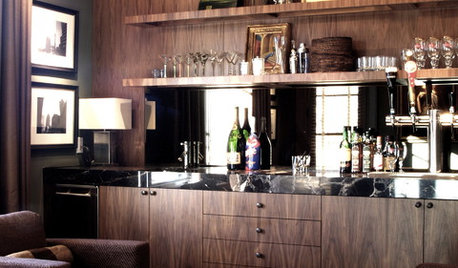
DECORATING GUIDES11 Lighting Fixtures That Rethink the Flush Mount
Think flush-mount lighting equals frumpy and fluorescent? These brilliant beauties for the kitchen, bath and beyond will change your mind
Full Story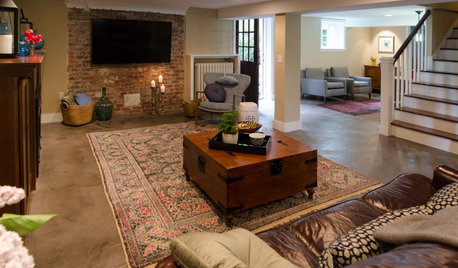
BASEMENTSBasement of the Week: From Dumping Ground to Family Hangout
With a lounge, home office and playroom, everyone's covered in this renovated Seattle basement
Full Story
BEDROOMSRoom of the Day: Finding Middle Ground in a Master Bedroom
He loves bold; she loves soft. It took a designer’s intervention to create a space that pleased them both
Full Story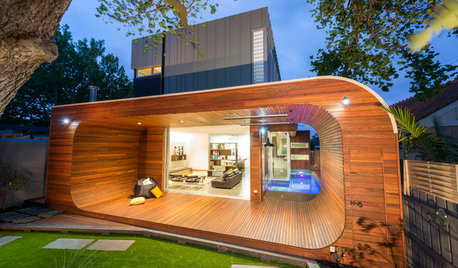
CONTEMPORARY HOMESHouzz Tour: A Brave Addition Breaks New Ground
An Edwardian cottage gets a radical renovation with a dynamic deck that wraps a couple and 2 children in style
Full Story
DECORATING GUIDESObjects of Desire: 8 Gorgeous Globe Light Fixtures
Conjure the music of the spheres with everything from a single globe light to a constellation of pendants
Full Story
LIGHTINGYour Guide to Common Light Fixtures and How to Use Them
Get to know pot lights, track lights, pendants and more to help you create an organized, layered lighting plan
Full Story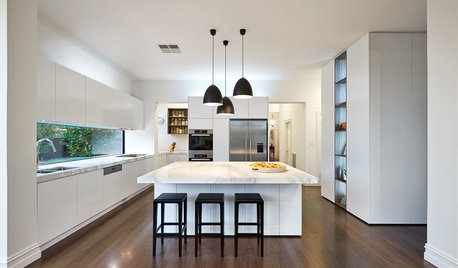
LIGHTING8 Creative Lighting Solutions for Food Prep
Get all the task illumination you need while distracting the eye from fluorescents, following the lead of the kitchens here
Full Story
FUN HOUZZ10 Things People Really Don’t Want in Their Homes
No love lost over fluorescent lights? No shocker there. But some of these other hated items may surprise you
Full Story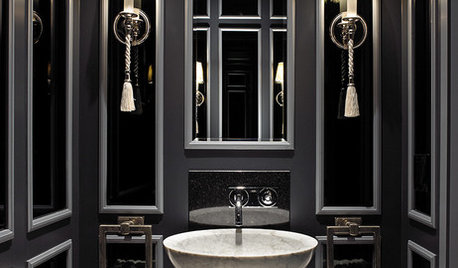
POWDER ROOMSDream Spaces: 12 Ultraglam Powder Rooms
These luxurious loos show how extravagance can come through color, wall coverings, fixtures or just a simply beautiful concept
Full StorySponsored
Custom Craftsmanship & Construction Solutions in Franklin County
More Discussions











bus_driver
ionized_gwOriginal Author
Related Professionals
Arizona City General Contractors · Gary General Contractors · Montebello General Contractors · Orangevale General Contractors · Stillwater General Contractors · Waianae General Contractors · Palm River-Clair Mel General Contractors · Dracut Solar Energy Systems · Riverside Solar Energy Systems · Hialeah Gardens Home Automation & Home Media · Irvine Home Automation & Home Media · Phoenix Home Automation & Home Media · Seattle Home Automation & Home Media · Yeadon Home Automation & Home Media · Annandale Home Automation & Home Mediabus_driver
ionized_gwOriginal Author
ionized_gwOriginal Author
bus_driver
brickeyee
ionized_gwOriginal Author
bus_driver
bus_driver
ionized_gwOriginal Author
brickeyee